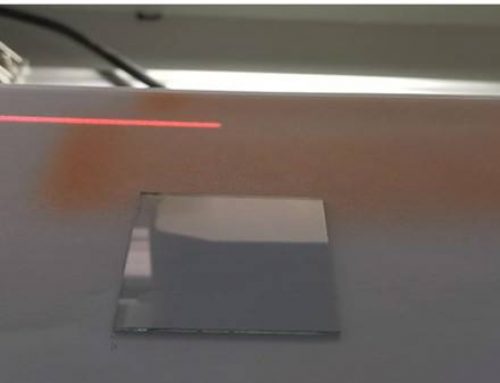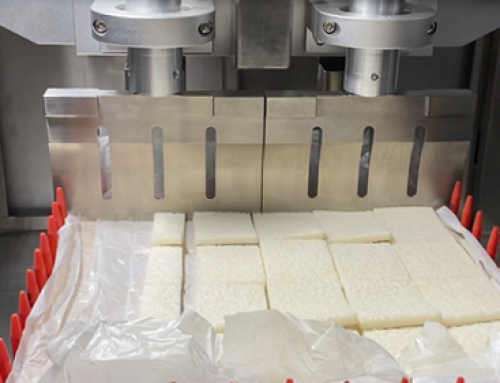Optical Coating
Optical and optical components are usually coated with a thin layer of material to change the light reflected or emitted from them. This material is called an optical coating, and it can be used for everything from bulbs and lenses to mirrors and prisms. The main purpose of optical coatings is to block certain wavelengths of light or to provide a highly reflective surface. In some cases, they provide two functions to reflect specific wavelengths while allowing other wavelengths to pass unimpeded.
Products using optical coating
Camera lenses and vanity mirrors are common examples of optical coatings at work. The camera lens uses a dielectric coating that provides an anti-reflection coating. These coatings consist of magnesium fluoride, calcium fluoride or similar materials. They allow the user to select a specific texture of light entering the camera. For example, dielectric coatings can reduce glare or enhance certain colors (wavelengths) by blocking other glare. The mirror uses a reflective coating, usually a polished ultra-thin metal layer. The materials selected are silver and aluminum because they provide a high level of reflectivity. In the case of silver, the coating is usually achieved by depositing silver vapor. The highly reflective coating can reflect more than 99% of light. However, even the more expensive silver coatings have limited reflectivity at certain wavelengths, which can cause changes in the reflected color.
Optical coatings also have many other uses, not simply for household products. The beam splitter, laser and optical cable all use optical coatings. In the optical characteristics of thin films, optical coatings are used to amplify certain wavelengths and offset other wavelengths. The effectiveness of the coating is affected by the angle of incident light, which plays an important role in the beam splitter.
Optical coating materials
Precision manufacturers offer a wide range of optical coatings, including nickel, silver, aluminum, gold, copper and titanium mirror coatings, as well as single-layer and multi-layer anti-reflective coatings. These can be custom designed for any application from decoration to high-precision photonics. Other uses include thermal film and infrared protection.
Optical coatings are mainly used to coat optical devices, such as lenses and mirrors, to change the way light interacts with devices. Because optical equipment relies on the correct transmission or reflection of light, the presence of optical coatings allows the equipment to function normally and achieve the required transmission or reflection level. The process of making optical devices more reflective is called silver plating-high-reflectivity metals (such as aluminum and silver) are often used in optical coatings to plate optical devices with silver. On the other hand, optical devices that require minimum reflectivity tend to benefit more from anti-reflective coatings.
Depending on the desired result (increased or decreased reflectivity), various optical coatings can be used to create or enhance the performance of the device.
Key terms of optical coating
When choosing an optical coating, there are a few key terms that may be helpful: dielectric constant, refractive index, reflectivity, anti-reflection broadband, wavelength, and visible spectrum.
Dielectric
The dielectric material is an insulator, which means it is not a good current conductor. However, dielectric materials can support electrostatic fields, making them versatile materials.
Refractive index
The refractive index, also known as the refractive index, is a measure of the slowing down of a material as it passes through light waves. The refractive index of a material is determined by the ratio of the speed of light in vacuum to the speed of light in the material.
Reflective
The reflective material does not transmit light waves, but reflects light waves back. Mirrors are examples of highly reflective materials.
Anti-reflection
Anti-reflective materials are the opposite of reflective materials. Instead of reflecting light waves, anti-reflective materials can reduce reflections and in some cases can improve contrast.
Broadband
The term broadband refers to broadband (and continuous spectrum) with electromagnetic frequencies. Sunlight is an example of broadband light radiation.
wavelength
The wavelength is the distance between one wave crest and another wave crest. In this case, between a peak of a light wave and another light peak.
Visible spectrum
The visible spectrum refers to the wavelength range of visible light radiation, which can be seen from the color distribution generated when the prism disperses light.
Ultrasonic coating of optical coating
Compared with other coating methods on optical material coating, ultrasonic spraying has obvious advantages. Ultrasonic nozzles are particularly suitable for spraying suspensions to evenly disperse particles in suspensions and spray evenly. The uniform dispersion of the particles results in a larger effective surface area and greater chemical properties on a thinner layer. The high degree of uniformity over a large area costs only a small part of CVD and other conventional processes. Highly controllable spraying can achieve selective area coating processes that other coating methods cannot achieve.






